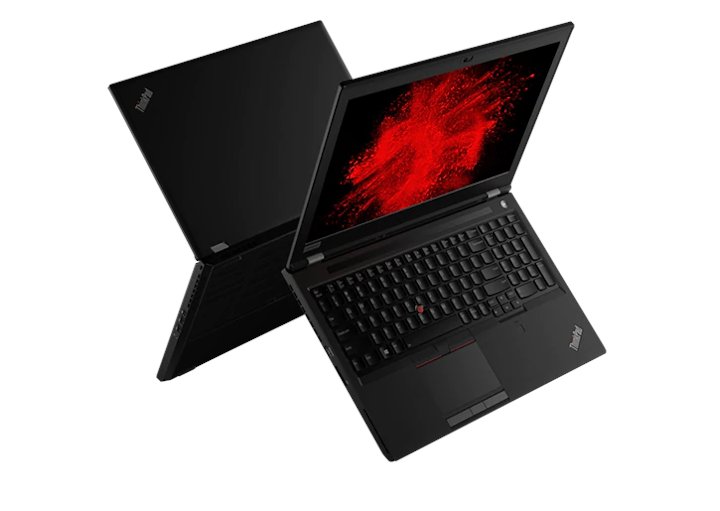Running Linux On A Thinkpad P52
15 October 2019
Photo: Lenovo
A new job is as good as an excuse as you get to treat yourself to a new laptop. For over 12 years I have used custom-built laptops from PC Specialist as they provide great specs. Their costs are hard to beat and when on startup budgets they give the best bang for your buck. But, I have forever been a Thinkpad fan. I have owned a few over the years for side projects and personal use. I currently own a T430 which apart from a battery upgrade is still in everyday use. I was planning on switching full time to Linux, as I no longer needed Windows, so I decided to invest in a new Thinkpad.
I opted for a P52 on which I have installed Manjaro i3. The machine is a 6 core i7 with 16gb and a 512gb SSD. The screen is a 15 inch full HD affair which is powered by a combined Intel graphics card and an Nvidia Quadro P1000.
There is a raft of reviews about the P52 online about installing Linux. The Arch wiki as a great entry as a starting point and seemed like it was a good fit.
Before you begin you have to ensure that your BIOS is updated. Many articles from about a year ago mention bricked machines. You also need to ensure that your BIOS setting for graphics is set to hybrid. Follow the instructions in the Arch wiki article. I then installed Manjaro i3 community edition. I reformatted the whole drive and installed the non-free drivers. I then rebooted and everything worked except the trackpad and the TrackPoint. So I installed the Synaptics package and rebooted and I had a working machine.
sudo pacman -S xf86-input-synapticsThe next thing was to figure out the graphics situation. Manjaro had installed the Bumblebee driver. This provides Optimus two-card switching to provide the best battery performance. It does this by the Intel card being used most of the time offloading high resolution and 3D responsibilities to the NVidia card. There is just one problem and that is the external monitor ports are all hardwired to, you guessed it, the Nvidia card. At present, there appears to be no easy way around easily switching between cards. Bumblebee did not want to output anything via the Nvidia card no matter what I tried. It was time to install an Nvidia driver. So I opened the Manjaro Settings Manager and selected the Hardware Configuration option. I scrolled down to the Nvidia drivers that are available to install and right mouse clicked the one I needed and selected “Install”. After a lengthy process, I rebooted and then hit the command line to try out switching manually via Optimus-manager.

optimus-manager --switch nvidia # Use Nvidia graphics
optimus-manager --switch intel # Use Intel graphics
optimus-manager --switch auto # Use other graphicsThis works but anytime you switch you will be ejected from your graphical session. This means you get to sign back in again! Not ideal. Nvidia needs to update their drivers for Linux to solve this. I created some aliases for these commands:
alias switch-nvidia="optimus-manager --switch nvidia # Use Nvidia graphics"
alias switch-intel="optimus-manager --switch intel # Use Intel graphics"
alias switch-auto="optimus-manager --switch auto # Use other graphics"You need to watch out for is the power consumption and heat generation on running the Nvidia card only. There is a guide .
That left the only thing known not to work as the fingerprint reader. This is a shame but not a deal-breaker for me.
On the whole, this is a great laptop for the price paid. It is well built and has a great screen and keyboard. It feels like it will last forever without being heavy or bulky. Manjaro boots in seconds and was pain-free to set up and get a good working environment. I recommend the P52.
If you have any questions or suggestions related to the P52 please contact me via twitter or email.
 Welcome to my site and blog. You can find out about me and read my thoughts on code and technology, start-ups and building things.
Welcome to my site and blog. You can find out about me and read my thoughts on code and technology, start-ups and building things.